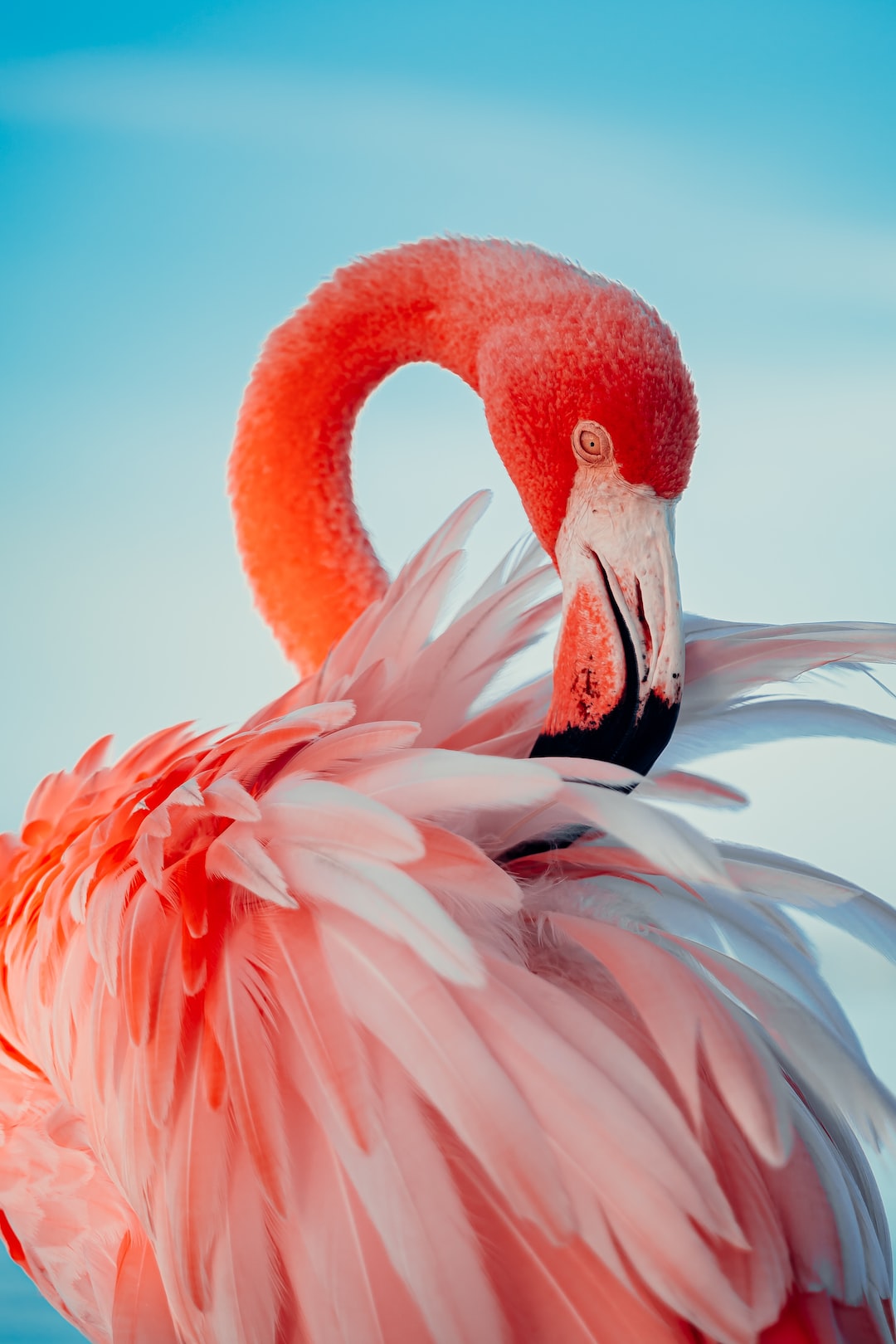Unveiling the Secret Lives of Urban Wildlife
Cities have long been associated with the bustling of human activity. The concrete landscapes often conceal the fact that they also serve as homes to a plethora of wildlife. From the chirping of birds in the trees to the scurrying of squirrels across power lines, urban spaces are teeming with hidden ecosystems that flourish amidst the chaos. In this blog post, we will delve into the secret lives of urban wildlife, offering a glimpse into their existence and the importance of coexisting harmoniously with these often-unnoticed inhabitants of our cities.
When we think of wildlife, we often envision vast forests, expansive savannahs, or the depths of the ocean. However, it is important to recognize that wildlife can thrive in the most unexpected places, including the heart of our cities. Species such as birds, squirrels, raccoons, and even small mammals have adapted to urban environments, making them their homes and relying on the resources they provide. This ability to adapt is a testament to the resilience and ingenuity of these creatures.
One of the most remarkable examples of urban wildlife is the bird population. Birds have adapted to the urban landscape by nesting in buildings, foraging for food in parks, and even creating makeshift homes out of discarded materials. City dwellers often wake up to the melodious symphony of bird songs, a reminder that nature is never too far away, even in the busiest of cities.
Squirrels, with their playful acrobatics and bushy tails, are another common sight in urban areas. These small creatures have become experts at navigating the urban jungle, utilizing trees, power lines, and even rooftops to move swiftly through the city. While they often search for food in trash cans or park grounds, they also play a vital role in dispersing seeds, contributing to the growth of urban green spaces.
Raccoons, known for their masked faces and nocturnal habits, are often associated with rural areas. However, they have adapted remarkably well to urban environments. These resourceful creatures readily scavenge for food in dumpsters and trash cans, using their dexterous paws to access even the most secure containers. The sight of a raccoon rummaging through the garbage bins reminds us that these city dwellers are just as resilient and resourceful as their rural counterparts.
The existence of urban wildlife is not only fascinating but also crucial for maintaining the balance of our urban ecosystems. Animals contribute to pollination, seed dispersal, and pest control, playing an integral role in sustaining the health of both urban and rural environments. As cities continue to grow and expand, it becomes increasingly important to acknowledge and respect the presence of these hidden inhabitants.
As urban dwellers, there are steps we can take to foster a harmonious coexistence with urban wildlife. Simple measures such as properly disposing of waste, using bird feeders or bird baths, and planting native vegetation in our gardens can go a long way in creating a welcoming environment for these creatures. Additionally, advocating for green spaces, parks, and wildlife corridors within cities can provide wildlife with essential habitats and safe passages amidst the urban sprawl.
In conclusion, the secret lives of urban wildlife are a testament to the resilience and ability of these creatures to adapt to our ever-expanding cities. By unveiling and respecting their presence, we can foster a harmonious coexistence with urban wildlife, ensuring that nature continues to thrive amidst our concrete landscapes.
